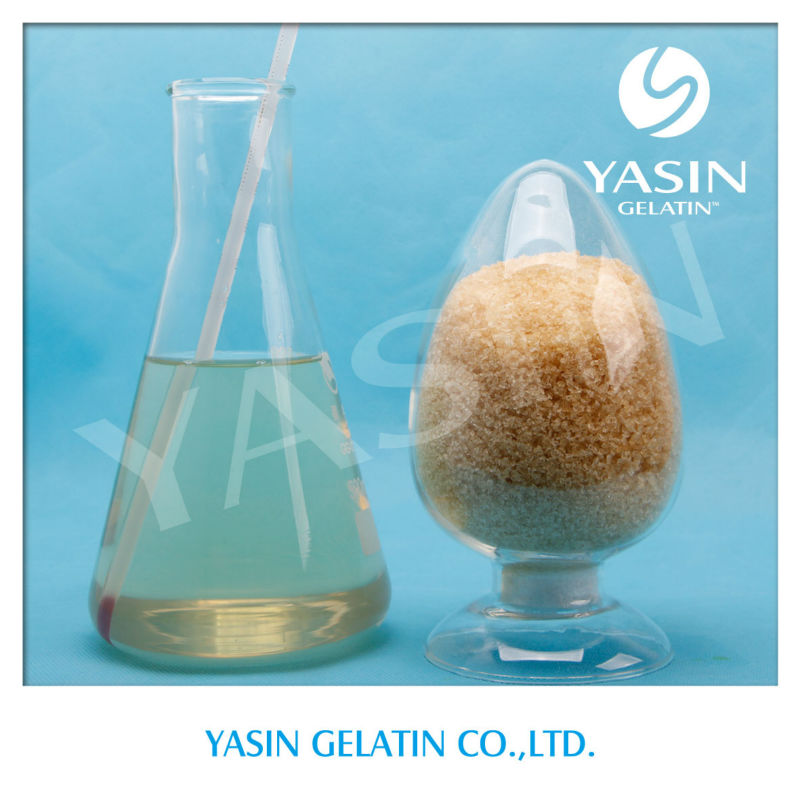

Relative detection limit values were determined.

The appropriate method was applied to isolate porcine gelatin peptides in the matrices of bovine gelatin and confectionery products (lozenges, marshmallows, and soft candy) at concentrations of 0.01, 0.1, and 1% (w/w). The study involved three digestion methods (conventional, microwave, and ultrasound) before LC-MS/MS analysis to determine the most effective method for detecting marker peptide targets from porcine gelatin. This research evaluated different digestion methods against selected porcine gelatin marker peptides and assessed LC-MS/MS sensitivity through adulteration experiments in various mixed matrices. However, the digestion method is essential before LC-MS/MS analysis. Liquid chromatography combined with mass spectrometry (LC-MS/MS) was used to identify the source of gelatin based on marker peptides and proved to deliver higher reliability than other methods. The differences in biological response between investigated construct types emphasises the necessity to characterise and standardise biomaterials before translating in vitro tissue engineering research to preclinical applications for articular cartilage injuries.Gelatin is a high-risk ingredient in terms of its halal status. In summary, hydrogel constructs prepared with bovine-derived GelMA and photocrosslinked with Irgacure 2959 and 365 nm light displayed properties most similar to native articular cartilage after 28 days of cell culture.
#Porcine gelatin effecra free
A reduction in cell viability was noted in all samples at day 28, potentially due to the generation of free radicals during photocrosslinking or cytotoxicity of the photoinitiators. mPCL reinforcement correlated with increased accumulation of collagen I and II in B-IC, B-LAP and P-IC groups compared to non-reinforced hydrogels. Gene expression analysis revealed upregulation of chondrogenic marker genes in IC-crosslinked groups, whilst dedifferentiation gene markers were upregulated in LAP-crosslinked groups. Compressive moduli correlated with an increase in total glycosaminoglycan (GAG) content for each group. The compressive moduli of all groups increased after 28 days of cell culture, with B-IC displaying similar compressive strength to that of native articular cartilage (∼1.5 MPa).


Bulk physical properties, cell viability and biochemical features of hydrogel constructs were measured at day 1 and day 28 of chondrogenic cell culture. Chondrocyte-laden hydrogels reinforced with multiphasic melt-electrowritten (MEW) medical grade polycaprolactone (mPCL) microfibre scaffolds were prepared using bovine (B) or porcine-derived (P) GelMA, and photocrosslinked with either lithium acylphosphinate (LAP) and visible light (405 nm) or Irgacure 2959 (IC) and UV light (365 nm). The purpose of this study was to determine the effects of gelatin source and photoinitiator type on the redifferentiation capacity of monolayer-expanded human articular chondrocytes encapsulated in GelMA/hyaluronic acid methacrylate (HAMA) hydrogels. However, a lack of characterisation and standardisation of fabrication methodologies for GelMA restricts its utilisation in surgical interventions for articular cartilage repair. Gelatin methacryloyl (GelMA) hydrogels are a mechanically and biochemically tuneable biomaterial, facilitating chondrocyte culture for tissue engineering applications.


 0 kommentar(er)
0 kommentar(er)
